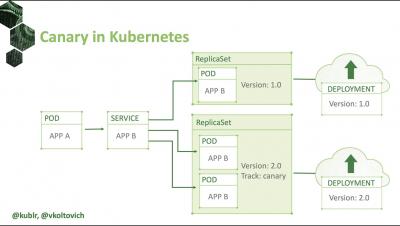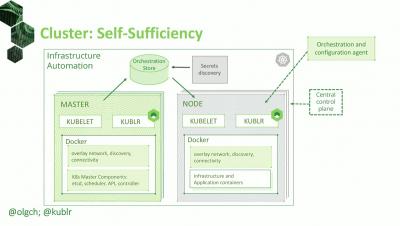Operations | Monitoring | ITSM | DevOps | Cloud
April 2020
Essential Kubernetes Extensions Explained
If you’ve done your research, you probably know that Kubernetes is only one piece of the puzzle. Production grade deployments require a lot of moving pieces including logging and monitoring, governance, and more. You’ll also need some key extensions — some Kubernetes can’t go without, others that will make your life a lot easier. Let’s take a closer look.
A 'No-BS' Checklist for Kubernetes
KubeCon + CloudNativeCon sponsored this post, in anticipation of KubeCon + CloudNativeCon EU, in Amsterdam. If you’re new to Kubernetes and have been tasked with researching a vendor-supported platform for your enterprise, chances are you’re feeling overwhelmed. You’ll encounter a seemingly never-ending list of vendors, all promising more or less the same. To help you navigate the space and ask vendors the right questions, we created this no-BS Kubernetes checklist.
CircleCI Kublr Orb
Kubernetes Logging and Monitoring Explained
Most enterprises already have a reliable logging and monitoring system in place, so why should you worry about it in the context of Kubernetes? Well, traditional logging and monitoring tools are designed for stable infrastructure and application deployments. Cloud native environments, on the other hand, are highly dynamic. The IT world has changed and so must your toolkit.
Canary Releases on Kubernetes with Spinnaker, Istio, and Prometheus
Reliable, Self-Healing Kubernetes Explained
One of the great benefits of Kubernetes is its self-healing ability. If a containerized app or an application component goes down, Kubernetes will instantly redeploy it, matching the so-called desired state. But what if a Kubernetes component or a node goes down? Kubernetes doesn’t monitor itself nor does it have access to your infrastructure. And, guess what.







